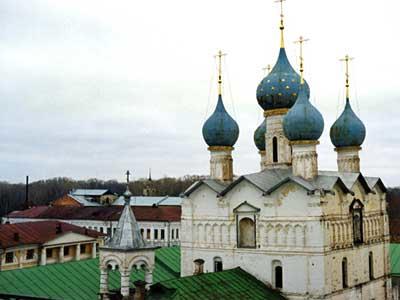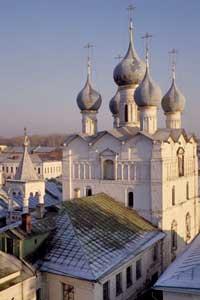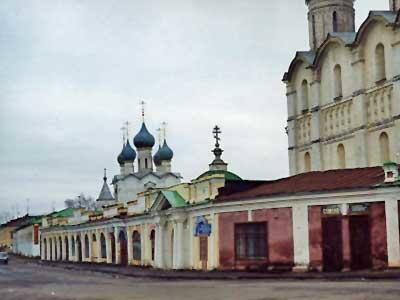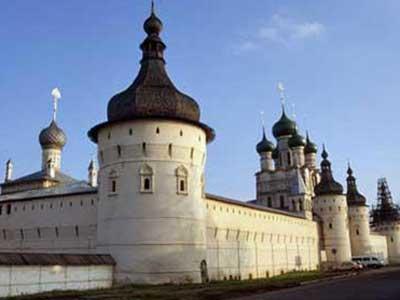Church of Our Savior on the Marketplace and Rostov Veliky Historic Center
Background
Located on the shores of Lake Nero, 210 kilometers northeast of Moscow, Rostov Veliky can trace its origins to the year 862, making it one of Russia's oldest cities. The five-domed Church of Our Savior on the Marketplace is adjacent to the Archbishop’s Palace, Rostov Kremlin. Since its construction in the 17th century, the complex has been damaged by various environmental factors, including water damage from a rising water table and a devastating tornado that swept through the region in 1953. While the historic city long served as the commercial and residential core of modern Rostov Veliky, many residents were abandoning it in favor of modern structures, and water damage has been a great problem for the painted surfaces, ornamentation, and structural integrity of many wooden and stone structures. In 2000, the Rostov municipal government created a heritage rehabilitation policy for urban development to reverse the abandonment of the historic district and begin to link the old city with more modern development.
How We Helped
The 2000 Watch listing highlighted threats to Rostov Veliky’s historic city center while a listing in 2002 focused on issues particularly relevant to the Church of Our Savior on the Marketplace: the destruction of frescoes and architectural ornaments and the destabilization of the buildings’ internal structures and foundations. With the support of American Express, WMF assisted the Rostov Veliky Renaissance project in its urgent engineering work, including analysis of the structural integrity of the church, recommendations for strengthening and restoring the site, and monitoring of the subsoil water levels. In 2004, walls, vaults, and foundations were strengthened and a successful water drainage system was designed to protect the church. Both modern restoration and historic construction techniques were implemented in the stabilization of the structure, which will continue to be monitored for water damage.
Why It Matters
Rostov Veliky was one of the first spiritual centers of the Russian Orthodox Church and played a critical role in Russian history as a site of siege and revolt against the Mongols in the 13th and 14th centuries. Rostov Veliky has been recognized as one of a select group of ancient towns northeast of Moscow that had significant influence on the formation of the Russian Orthodox Church. As such, it is considered part of Russia’s “Golden Ring.” Although the Church of Our Savior on the Marketplace has undergone several renovations and restorations since its construction in 1685-90, it still retains its importance as an architectural beacon with unique mural paintings.




